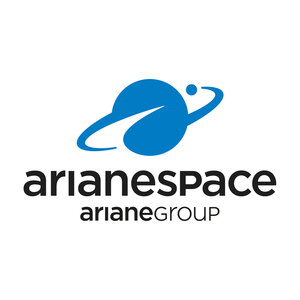Ariane 5 - sixth and final launch of 2007
Yesterday evening, an Ariane 5 GS launcher lifted off from Europe's Spaceport in French Guiana on its mission to place two satellites into geostationary transfer orbits. Lift-off of flight V180 took place at 21:42 GMT/UTC (18:42 local time, 22:42 CET/Paris). The satellites were accurately injected into the correct transfer orbits about 30 minutes later.
The payload comprised
This sixth launch of the year fulfils the 2007 target for Arianespace and Europe's Spaceport as they head towards their planned seven to eight missions per year in the coming years. Payload preparations and launcher assembly for the next flight are already under way.
Flight timeline
The Ariane 5's cryogenic, liquid fuelled, main engine was ignited first. Seven seconds later, the solid fuel rocket boosters were also fired, and a fraction of a second after that, the launch vehicle lifted off.
The solid boosters were jettisoned 2 min: 20 sec after main engine ignition, and the fairing protecting the payload during the climb through the Earth's atmosphere was discarded at 3 min: 21 sec. The launcher's main engine was shut down at 9 min: 35 sec; six seconds later the main cryogenic stage separated from the upper stage and its payload.
Seven seconds after main stage separation, the engine of the launcher's storable propellant upper stage was ignited to continue the journey. The upper stage engine was shut down at 26 min: 30 sec into the flight, at which point the launch vehicle was travelling at 8593 metres per second (almost 31 000 km/h) at an altitude of 1610 kilometres and the conditions for geostationary transfer orbit injection had been achieved.
At 28 min: 30 sec after main engine ignition,












